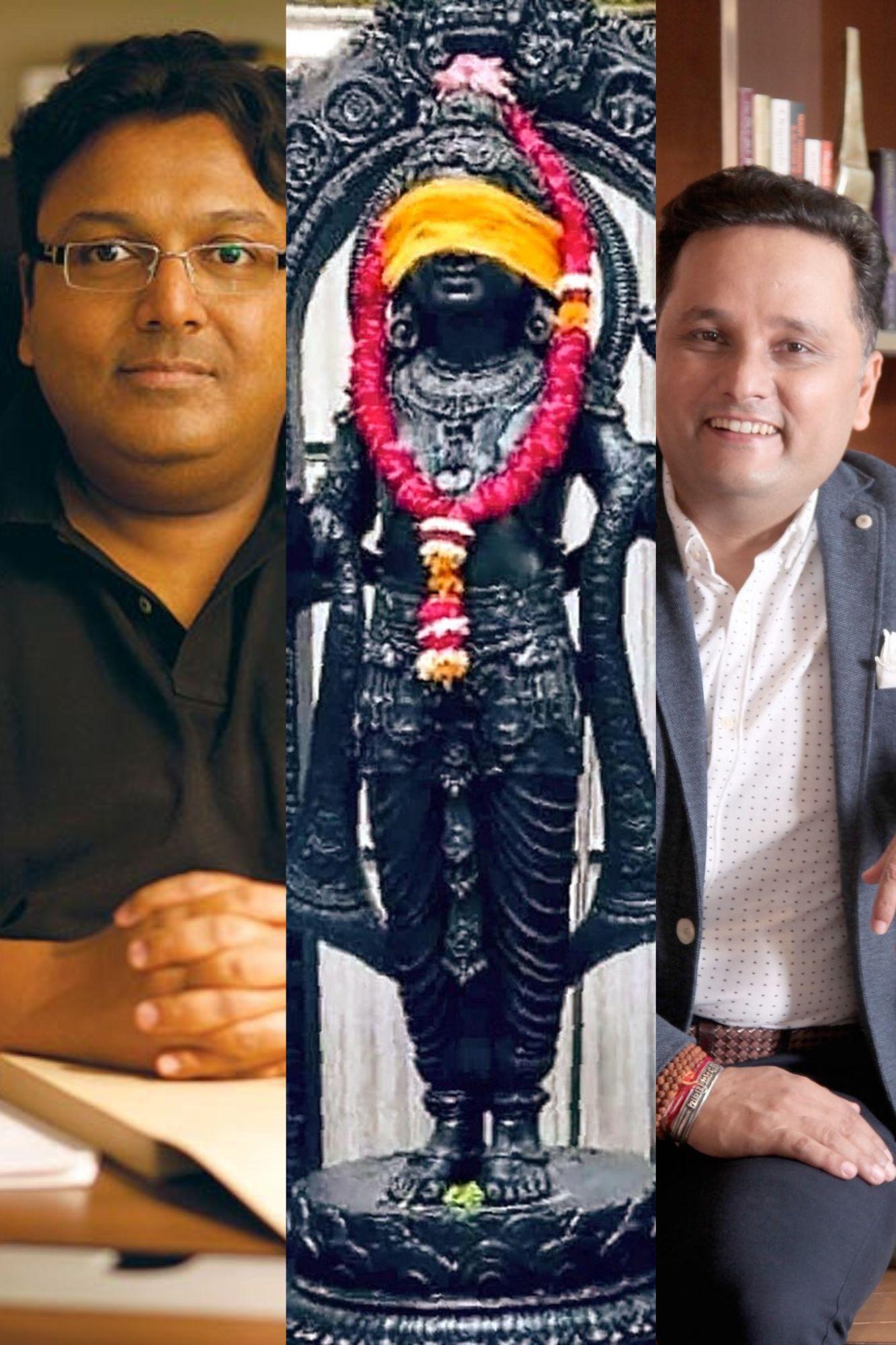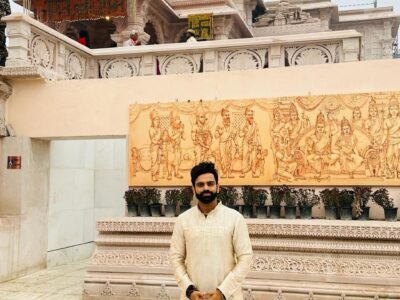Voices of Faith and Fiction: Sanghi and Tripathi on Ayodhya Dawn
As the dawn breaks upon Ayodhya, ushering in the long-awaited opening of the Ram Mandir, the echoes of voices both literary and historical resonate through the sacred city. Among these, stand two giants of Indian fiction, Ashwin Sanghi and Amish Tripathi, whose perspectives on this momentous occasion offer a tapestry woven with faith, history, and contemporary hope.
Sanghi’s Resonant Stance
A renowned author known for his meticulously researched historical novels, Sanghi approaches the Ram Mandir opening with a sense of cultural revival and historical restoration. He views the temple as a bridge between the past and present, a tangible symbol of Ayodhya’s ancient spiritual significance. In his interviews, Sanghi underlines the mythological and cultural importance of the site, drawing parallels between his fictional works, often inspired by Hindu epics, and the ongoing events. He believes the temple can be a beacon of national unity and pride, transcending religious divisions and fostering harmonious coexistence.
Tripathi’s Inclusive Vision
Amish Tripathi, the literary architect of the popular Rama Chandra series, brings a nuanced perspective to the discourse. While advocating for the temple’s construction, he emphasizes the crucial need for inclusivity and respect for all faiths. He urges caution against the temple becoming a source of further societal rifts or marginalization. Instead, Tripathi envisions the Ram Mandir as a place of peaceful co-existence and spiritual connection for everyone, regardless of their beliefs. He sees the temple’s construction as an opportunity for healing and reconciliation within the context of Ayodhya’s complex history.
Convergence beyond Fiction
Beyond their individual stances, both Sanghi and Tripathi seem to converge on a common hope for Ayodhya’s future. They envision the temple as a catalyst for social progress, potentially leading to improved infrastructure, educational facilities, and healthcare amenities for the surrounding region. This optimistic outlook acknowledges the temple’s potential to be a driver of positive change beyond the realm of faith and spirituality.














